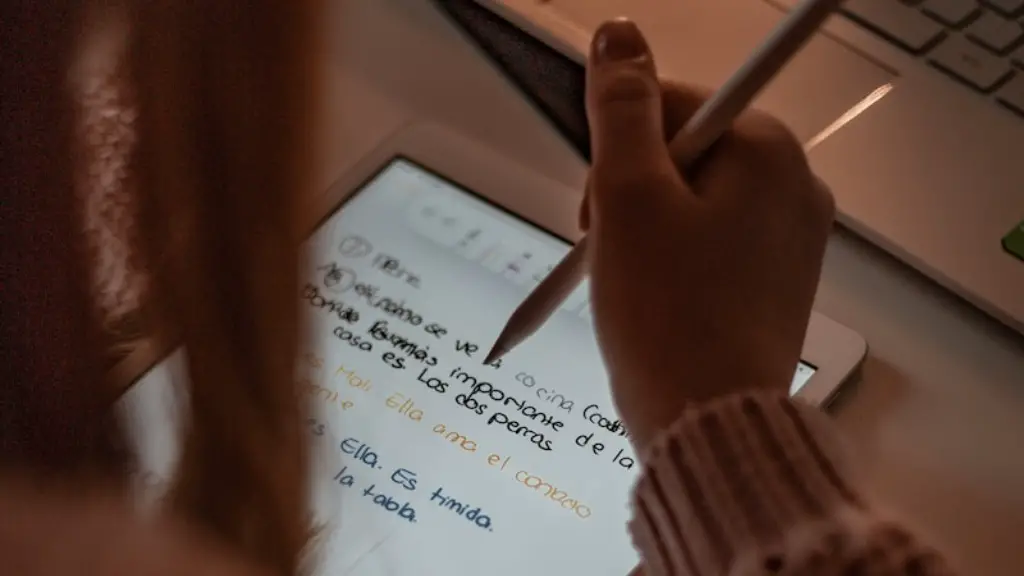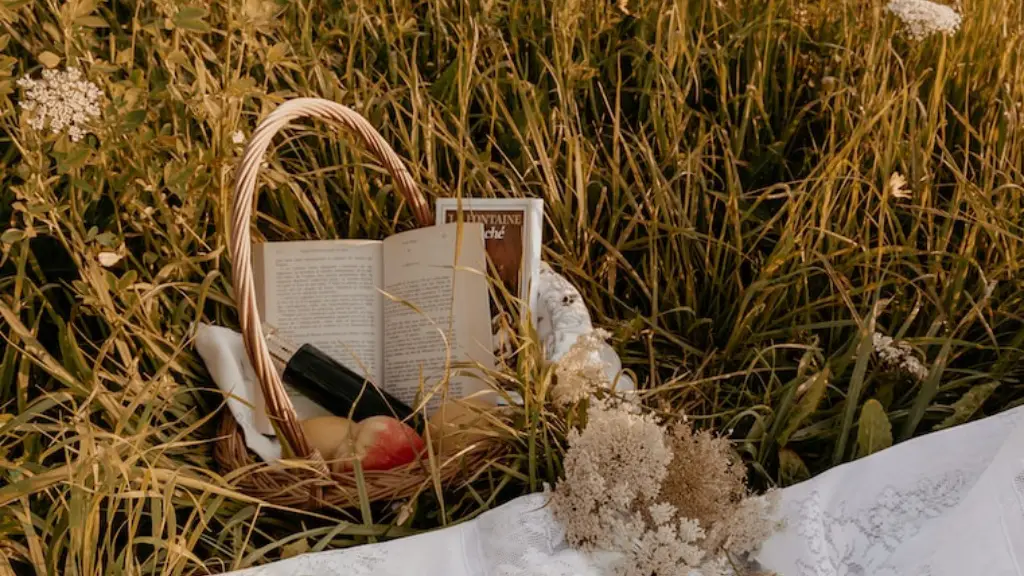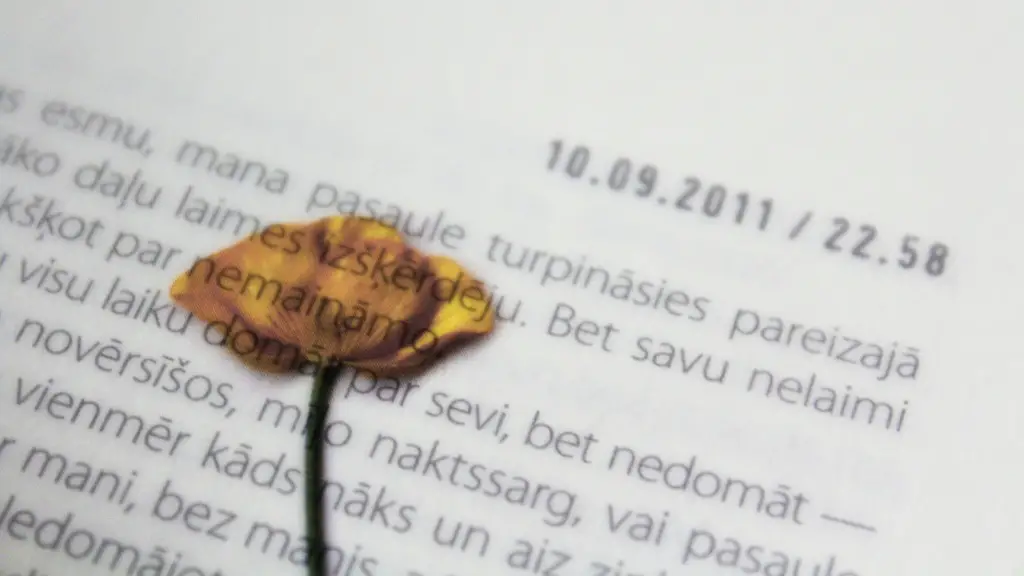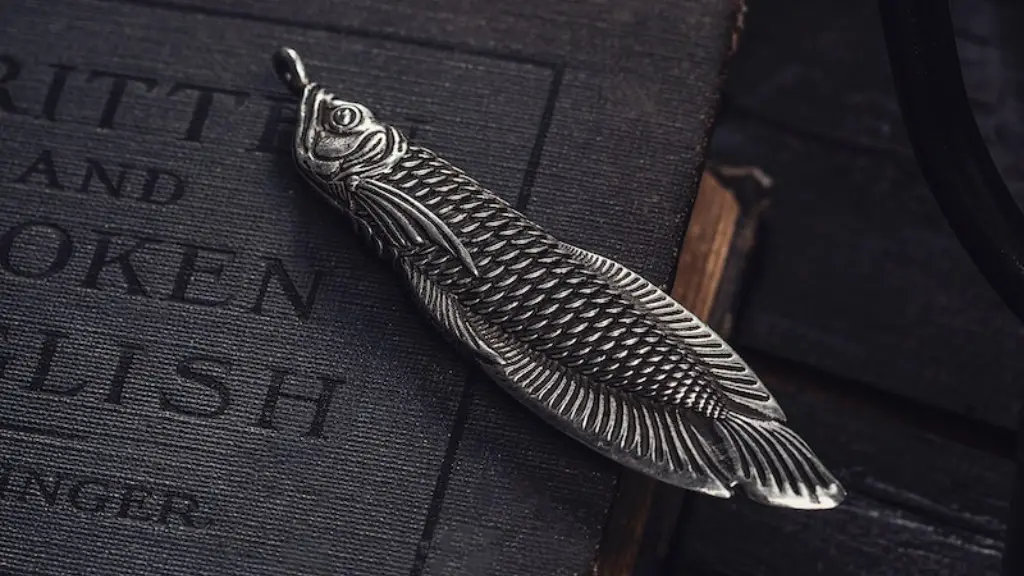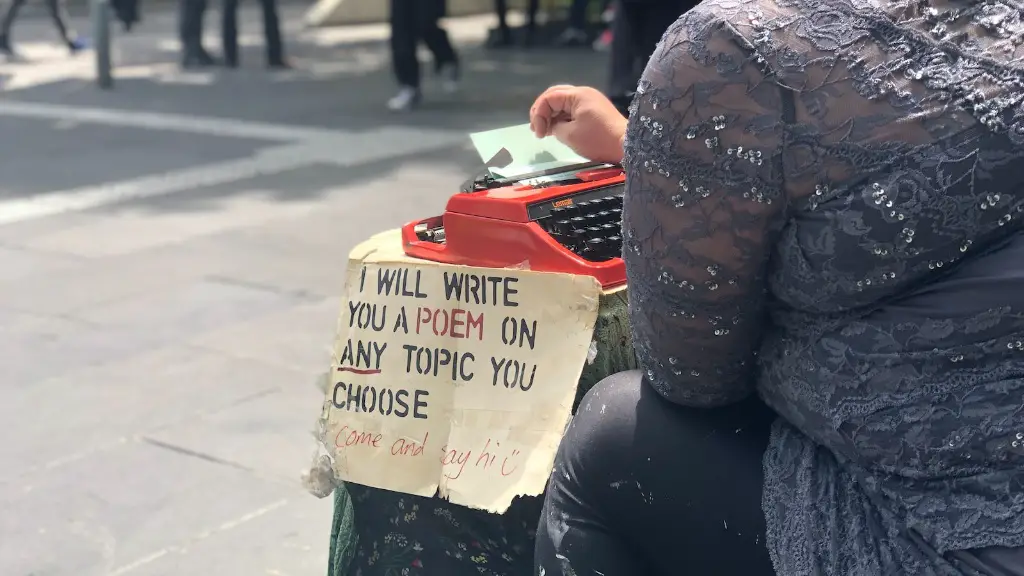In Emily Dickinson’s poems, Death is not something to be feared, but rather a natural part of life. This is evident in her poem “I Heard a Fly Buzz- When I Died”, in which she uses the image of a fly interrupting a funeral to show that death is a normal, everyday occurrence. However, Dickinson’s poems are not simply about death; they are about how we live our lives in the face of death. In “Because I Could Not Stop For Death”, she uses the image of a journey to show that death is something that we are all moving towards, and that we should not be afraid of it. In both of these poems, Dickinson shows that death is not something to be feared, but rather something to be accepted.
There is no definitive answer to this question, as everyone may have their own method or preference when it comes to reading the work of Emily Dickinson. However, some tips on how to approach her poems might include close reading and paying attention to the imagery and metaphors used throughout. It can also be helpful to consider the historical and cultural context in which Dickinson was writing. By doing this, readers can gain a greater understanding of the poet and her work.
How do you read Dickinson poetry?
Reading poetry can be a challenge, but there are some tips that can help make it a bit easier. First, it’s important to be open to the possibility of surprise in the language of the poem. Secondly, it can be helpful to read the poem again after taking some time to digest it. Additionally, it can be helpful to review the major characteristics of Dickinson’s poetry before diving in, as this can give some context for understanding the poems. Finally, sometimes it is helpful to set aside the expectation that a poem has to “mean” one specific thing, and instead try to “fill in the blanks” with your own interpretation.
Emily Dickinson is one of the most renowned poets of the 19th century. She is known for her unique style of writing, which often uses slant rhyme and unconventional grammar. Dickinson is also known for her reclusive lifestyle, which she spent mostly in her home in Amherst, Massachusetts.
Despite her reclusive lifestyle, Dickinson was a prolific writer, and she produced a large body of work during her lifetime. Her poems often deal with themes of death and mortality, as well as love and nature.
Below are 10 of the best Emily Dickinson poems that everyone should read:
1. ‘I’m Nobody! Who are you?’
2. ‘I heard a Fly buzz – when I died’
3. ‘Hope is the thing with feathers’
4. ‘The heart asks Pleasure – first’
5. ‘I felt a Funeral, in my Brain’
6. ‘I died for Beauty – but was scarce’
7. ‘Because I could not stop for Death’
8. ‘My Life had stood – a Loaded Gun’
9. ‘There’s a certain Slant of light’
10. ‘I give you back the Morning
What grade do you learn about Emily Dickinson
Emily Dickinson was an American poet who lived in the 19th century. She is considered one of the most important American poets. Dickinson was a very private person and only a small number of her poems were published during her lifetime. After her death, her sister discovered a large body of her work and published it. Dickinson’s poems are known for their focus on death and the afterlife.
The Houghton Library’s Emily Dickinson Collection is an incredible resource for those interested in the life and work of this great poet. The collection includes over 1000 poems and letters in Dickinson’s own hand, as well as personal effects from her life. This is an invaluable resource for scholars and students alike, and I am grateful to the Houghton Library for making it available.
What makes Dickinson’s poems hard to understand?
Her poems can be difficult to understand because they are compressed, use unconventional grammar, and have strange diction and figures of speech. They also often use generalized symbolism and allegory.
Poetry is meant to be read aloud, and there are a few things you can do to make sure you do it justice. First, read the poem slowly. This will help you savor each word and phrase, and also give you time to think about the meaning. Second, read in a normal, relaxed tone of voice. Poems often have a musical quality to them, and you want to make sure your reading doesn’t interrupt that flow. Finally, if there are any words you’re unsure of, look them up in a dictionary. This will help you pronounce them correctly and also give you a better understanding of the poem as a whole.
What is the saddest Emily Dickinson poem?
In “The saddest noise, the sweetest noise,” Emily Dickinson reflects on the bittersweet relationship between beauty and grief. She observes that the two are often intertwined, and that the beauty of something can sometimes be found in its sorrow.
Emily Dickinson’s writing style is most certainly unique. She used extensive dashes, dots, and unconventional capitalization, in addition to vivid imagery and idiosyncratic vocabulary. Instead of using pentameter, she was more inclined to use trimester, tetrameter, and even dimeter at times. Her style was definitely ahead of her time, and her use of language and imagery is still relevant and impactful today.
What is Emily Dickinson most famous quote
Emily Dickinson’s poem “Hope” is about the power of hope. She compares hope to a bird that never stops singing. Even when the world is dark and cold, hope still sings. Hope is the light that guides us through the darkness.
Dear Parents,
Please be aware that the television show “Dickinson” is a dramedy that imagines the life of Emily Dickinson as a rebellious teenager. The show contains some mature content, including teenagers talking in modern speech but wearing period-correct dress and discussing marriage.
Who did Emily Dickinson marry?
Emily Dickinson was a renowned American poet who never married or had children. Scholars continue to research Dickinson’s romantic life, particularly as it pertains to her “Master Letters.” The three drafts of passionate letters written to a still-unidentified person addressed as “Master” provide insight into Emily Dickinson’s love life.
There are a few things to consider when choosing a college or university. Firstly, think about the type of education you want. Do you want a research-focused school, or one that focuses on teaching? Secondly, consider the location of the school. Do you want to be in a big city, or a smaller town? Thirdly, think about the cost of attendance. Tuition, room and board, and other associated costs can add up quickly. Finally, look at the school’s curriculum to see if it matches your educational goals.
What is special about Emily Dickinson poems
One of Dickinson’s special gifts as a poet is her ability to describe abstract concepts with concrete images. In many Dickinson poems, abstract ideas and material things are used to explain each other, but the relation between them remains complex and unpredictable. This is one of the things that makes her poetry so special and interesting to read.
Emily Dickinson was one of the most important American poets of the 19th century. Though only ten of her poems were published during her lifetime, her work was posthumously published and has since been highly praised. Dickinson was born into a respected and devout Calvinist family and from a young age, she developed a love for botany. As she grew older, she become increasingly reclusive and many of her relationships, both platonic and romantic, remain shrouded in mystery.
What is the best way to describe Dickinson’s poetry?
Emily Dickinson is known for her short, often unpunctuated poems, written in a spare style. Most of her poems are written in short stanzas, mostly quatrains, with short lines, usually rhyming only on the second and fourth lines. Other stanzas employ triplets or pairs of couplets, and a few poems employ longer, looser, and more complicated stanzas.
When reading a poem, it is important to read with a pencil in hand. This allows you to draw lines to connect related ideas, and to mark difficult or confusing words, lines, and passages. Reading through the poem several times, both silently and aloud, listening carefully to the sound and rhythm of the words, can also be helpful.
What are the six steps to reading a poem
Reading a poem aloud is the best way to unpack and analyze its meaning. Pay attention to the poem’s rhythm, and look for enjambment and other literary techniques. Finally, consider the poem’s form and how it contributes to its overall meaning.
Firstly, read the poem twice in a row. This will help you to understand the poem better. Secondly, take note of what you notice the second time around. This will help you to understand the poem better. Thirdly, don’t skip over unfamiliar words. This will help you to understand the poem better. Fourthly, try to identify a meter, if there is one. This will help you to understand the poem better. Fifthly, notice point of view. This will help you to understand the poem better. Finally, read the poem one more time, and this time read it aloud. This will help you to understand the poem better.
Conclusion
First, choose a quiet place where you can focus on the text. Next, take your time in reading the poem and re-read it if necessary. Try to identify the main theme and any underlying messages. Pay close attention to the poet’s use of language and form. Finally, reflect on your reading and what the poem means to you.
Emily Dickinson is an American poet who lived in the 19th century. Her poetry is known for its unusual style and form. Her poems are often short, and they often use images and symbols to convey her thoughts and feelings. To read Emily Dickinson, it is important to be patient and to look for the hidden meanings in her poems.
